The National Archaeological Museum of Athens is one of the biggest sights in Athens and is the most important museum in all of Greece besides the Acropolis Museum. In the huge museum there are more than 10,000 exhibits, from tiny earrings to statues several meters high.
Online tickets for the National Museum of Archaeology of Greece are available at this link.

They are mainly exhibits from Greek antiquity, some are up to 7000 years old. Most of the exhibits are from the 1st millennium before Christ. They come from different sites such as the mainland, the Peloponnese and from the islands (especially Cyclades). In the past, all finds from ancient times were brought to Athens from all over Greece to the National Archaeological Museum. The museum is located about one kilometre outside of the current city centre of Athens or a few hundred metres north of the central square Omonia.
Opening hours National Archaeological Museum of Greece: Daily from 8am to 8pm (8 to 8), Tuesday shorter opening hours 12:30 to 8pm. In winter is only open until 16:30.
Entrance fees National Archaeological Museum of Athens: 10 euros for adults, children under 18 free of charge. In winter the entrance fee is only 8 to 9 euros. Tickets online
You should buy your tickets online in advance. >>> Tickets for the National Museum of Archaeology of Greece are available at this link.
How to get to the National Archaeological Museum of Athens: The best way to get there is by metro, by car it is difficult to find a parking space in the central area. The nearest metro station is Victoria (line 1). But also from Omonia one can walk to the museum in 10 minutes. Address: Patission Str. 44, Athens, just enter “National Museum Athens” in Google Maps etc.
Description of the exhibition
It is one of the most important museums for antiquity in the world. Many exhibits in the large museum are world-famous. Almost all of them come from Greek antiquity, that is from the time before Christ.
Especially important and large is the collection of sculptures, which occupies a large part of the Greek National Museum. In approximately 30 rooms on the ground floor, mainly statues are exhibited. Some of them belong to the most important antique sculptures of the world.
In the prehistoric collection one finds things from even older epochs as from the stone age and bronze age. There are also works of art, jewellery, vessels and much more from different epochs from all over Greece. Also the building of the museum with the big, classical columns at the entrance impresses many museum visitors.
Online tickets for the National Museum of Archaeology of Greece are available at this link.
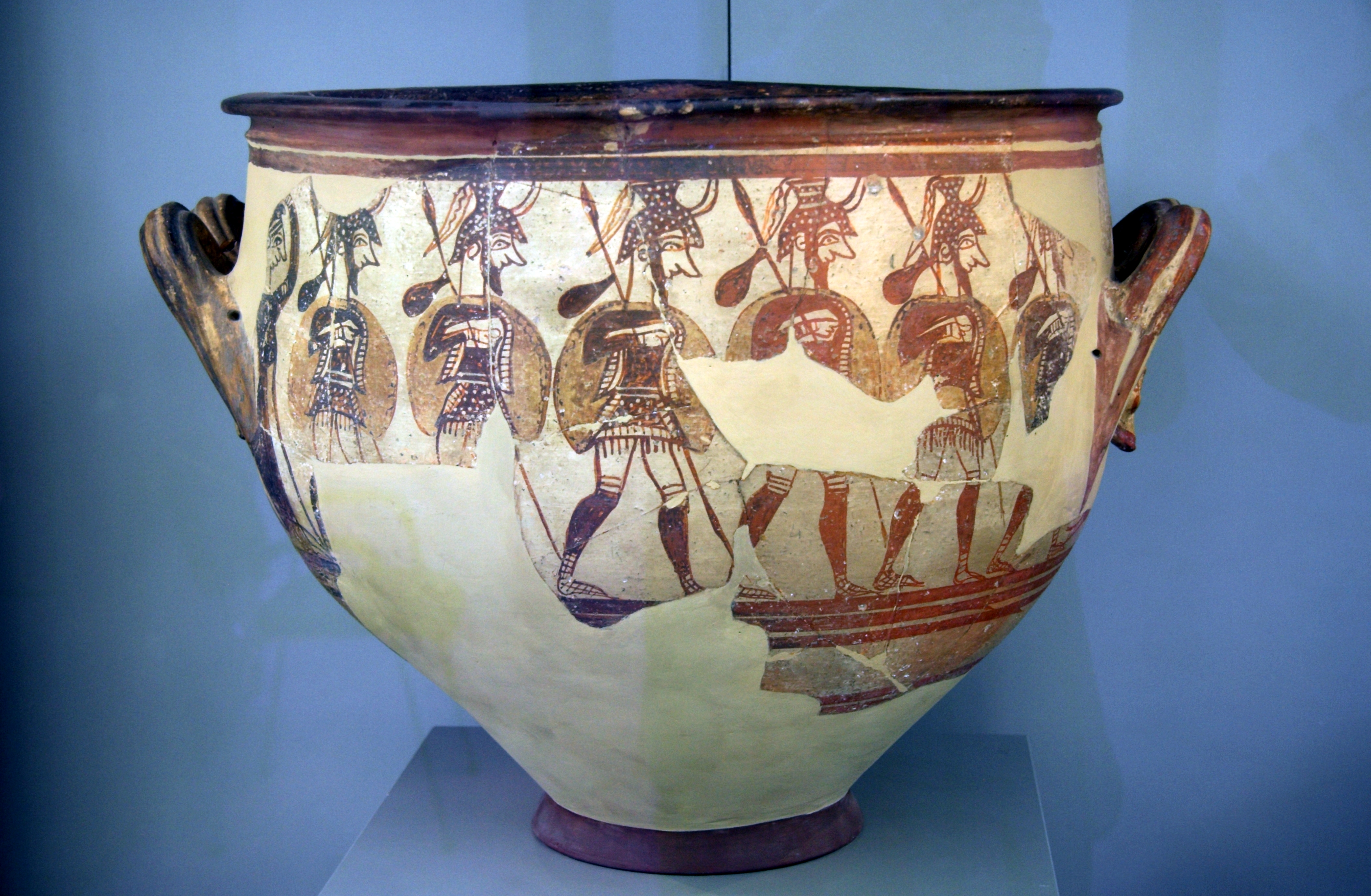 By Zde – Own work, CC BY-SA 3.0, Link
By Zde – Own work, CC BY-SA 3.0, Link
More information about this great museum
The National Archaeological Museum of Athens is one of the most important museums in Greece. It is located in the heart of Athens, just steps from the famous Syntagma Square. The museum houses a large collection of ancient Greek artifacts and is an important destination for scholars, researchers, and tourists.
The National Archaeological Museum was founded in 1866 at the end of the 19th century by a group of archaeologists and scholars who wanted to build a centralized collection of the most important ancient Greek artifacts. Over the years, the museum has grown into one of the largest and most comprehensive collections of ancient Greek art and artifacts in the world. The museum’s collection is divided into several galleries, each showcasing a different era of Greek history. Among the museum’s highlights is its collection of ancient Greek sculptures, including the famous statues of Zeus, Poseidon of Melos, and Aphrodite of Cnidus. The museum also has a large collection of ancient Greek ceramics, including vases, as well as a collection of ancient Greek jewelry, coins, and metalwork.
Online tickets for the National Museum of Archaeology of Greece are available at this link.
In addition to ancient Greek artifacts, the museum also has a large collection of ancient Egyptian artifacts, including mummies, sarcophagi, and other ornaments. The museum’s Egyptian collection is one of the largest and most important in the non-Egyptian world. One of the museum’s most popular exhibits is the Mycenaean collection, which features artifacts from a Bronze Age civilization that flourished in Greece from the 16th century BC to the 11th century. The collection includes the famous Mask of Agamemnon, a golden death mask believed to have belonged to the legendary Greek hero.
However, the museum’s collection is not limited to antiquities. It also contains significant collections of Byzantine and medieval art, as well as collections of post-Byzantine and contemporary Greek art. The museum’s collection of contemporary Greek art includes works by some of Greece’s most important artists, including El Greco, Nikos Kazantzakis, and Yannis Tzarothis. In addition to its permanent collection, the National Archaeological Museum of Athens hosts temporary exhibitions, conferences, and other cultural events throughout the year. The goal of these events is to introduce visitors to the museum’s collections and provide them with a better understanding of Greek history, art, and culture.
In summary, the National Archaeological Museum of Athens is a must-see for anyone interested in ancient Greek art and history. Its collection of artifacts and artworks is among the finest in the world, and its exhibitions and events offer a rich and engaging experience for visitors of all ages. Whether you are an academic, researcher, or casual tourist, a visit to the National Archaeological Museum should be the highlight of your trip to Athens.
National Archaeological Museum Top 10
Mask of Agamemnon
This golden death mask from Mycenae is one of the most famous finds of the Greek Bronze Age. Discovered by Heinrich Schliemann, it dates back to the 16th century BC.
Antikythera Mechanism
The Antikythera Mechanism is considered the world’s oldest known “computer.” This amazing device, dating back to the 2nd century BC, was used to calculate astronomical positions.
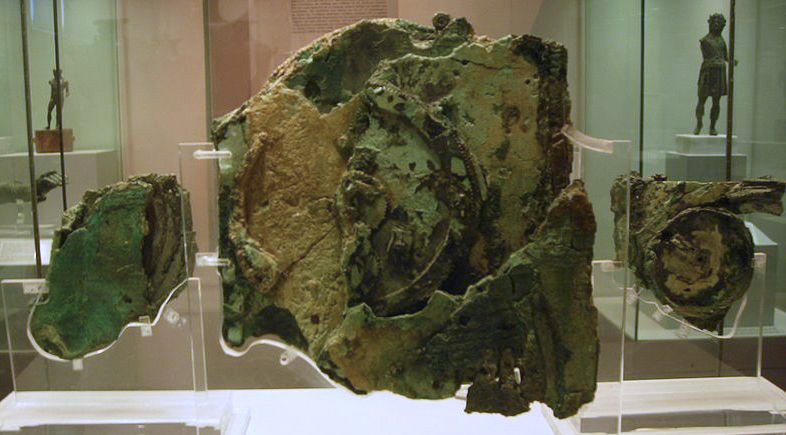 By Therese Clutario – originally posted to Flickr as Fragments of the Antikythera Mechanism, CC BY 2.0, Link
By Therese Clutario – originally posted to Flickr as Fragments of the Antikythera Mechanism, CC BY 2.0, Link
Statue of Zeus or Poseidon
This bronze statue from the 5th century BC depicts a deity in a dynamic pose. There is debate as to whether it depicts Zeus with a thunderbolt or Poseidon with a trident.
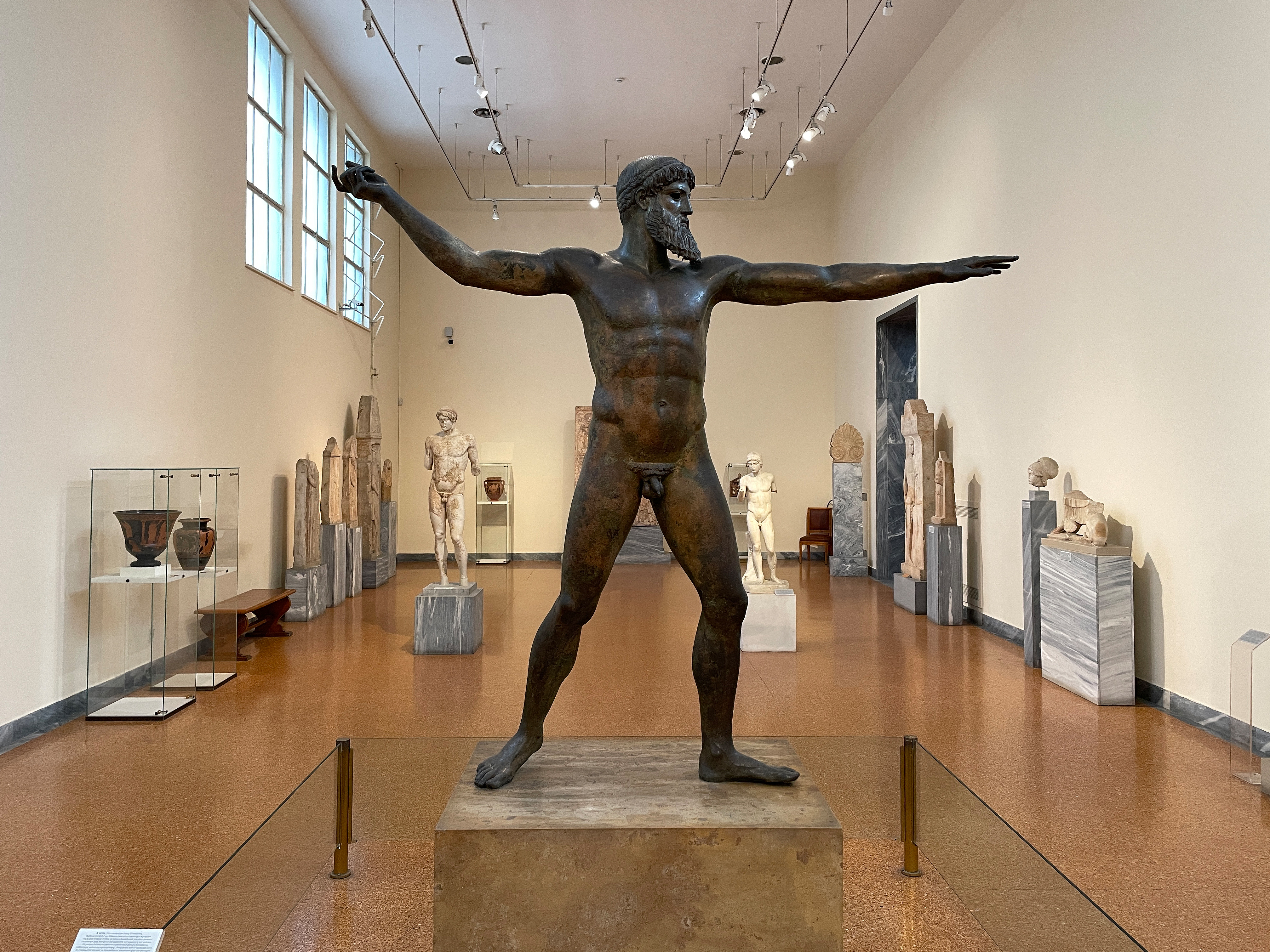 By Niko Kitsakis – Own work, CC BY 4.0, Link
By Niko Kitsakis – Own work, CC BY 4.0, Link
Youth of Antikythera
A masterful bronze statue of a young man from the 4th century BC, recovered from a shipwreck near the island of Antikythera.
Frescoes from Thera
The frescoes from the Bronze Age city of Akrotiri on Santorini depict vibrant scenes of animals, plants, and everyday life. The “Spring” fresco is particularly impressive.
Kouros Statues
These larger-than-life marble statues of young men from the Archaic period (7th–6th centuries BC) are magnificent examples of early Greek sculpture.
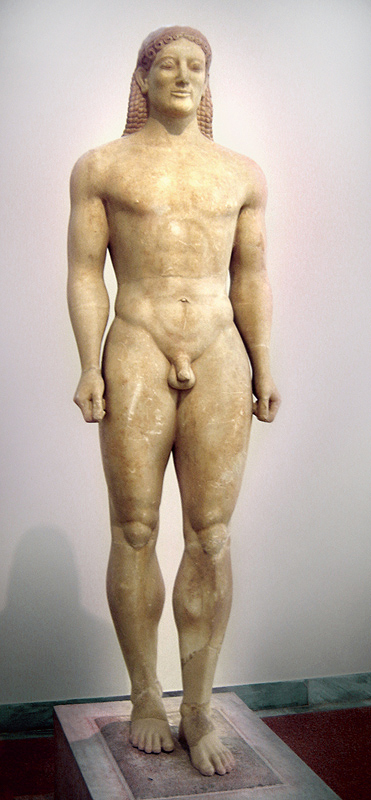 By Ricardo André Frantz (User:Tetraktys) Own work, 2006, CC BY-SA 3.0, Link
By Ricardo André Frantz (User:Tetraktys) Own work, 2006, CC BY-SA 3.0, Link
Ephebe Statue of Marathon
An exceptionally well-preserved bronze statue of a young man from the 4th century BC, found near Marathon.
The Geometric Vase
This large vase from the 8th century BC features elaborate geometric designs and is an outstanding example of Geometric period art.
Mycenaean Treasures
Golden grave goods such as rings, diadems, and vessels from Mycenaean tombs provide insight into the highly developed culture of this period.
Statues of Aphrodite and Pan
A humorous marble sculpture depicting the goddess Aphrodite defending herself against Pan while Eros looks on amused.
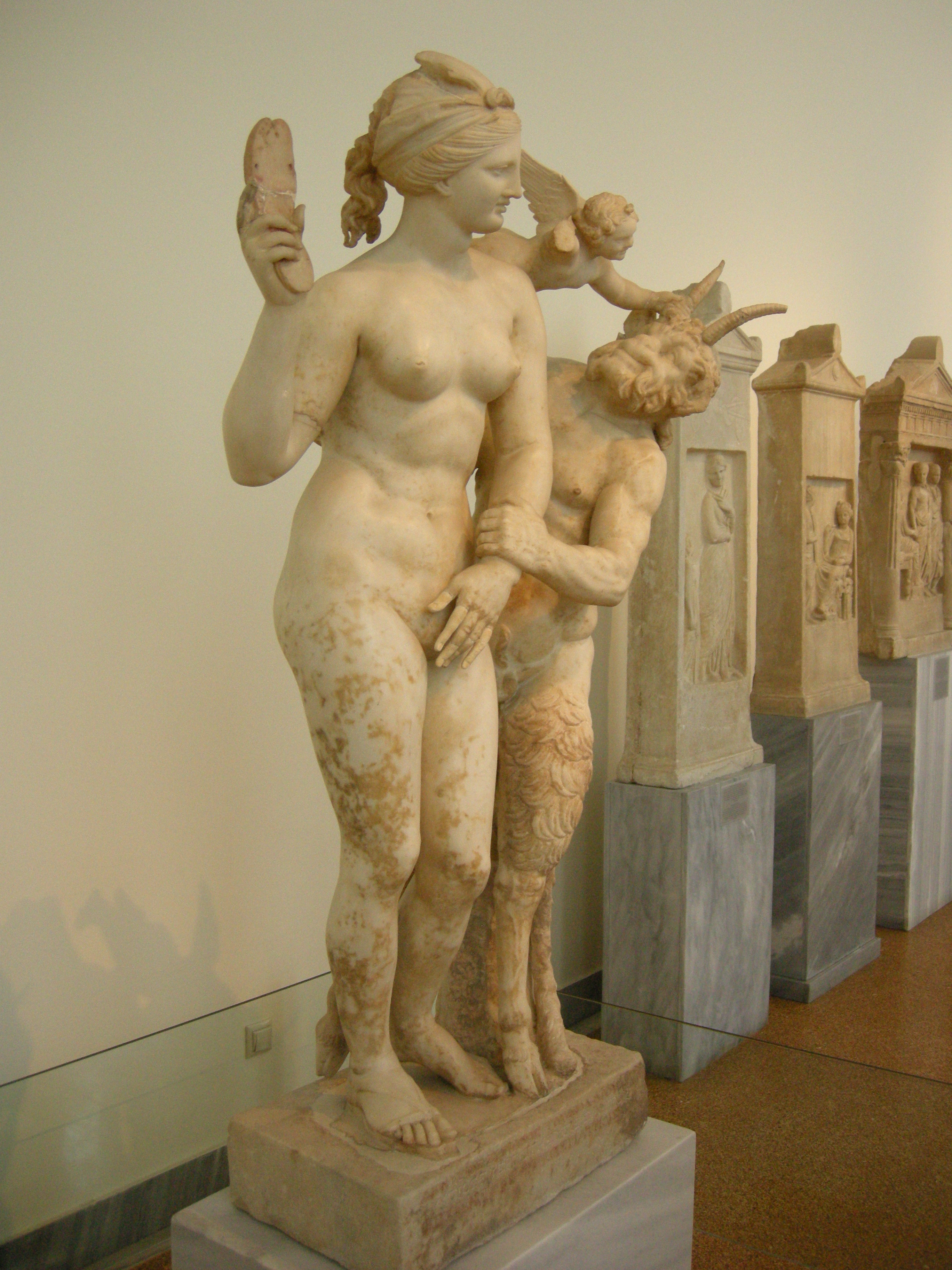 By
By